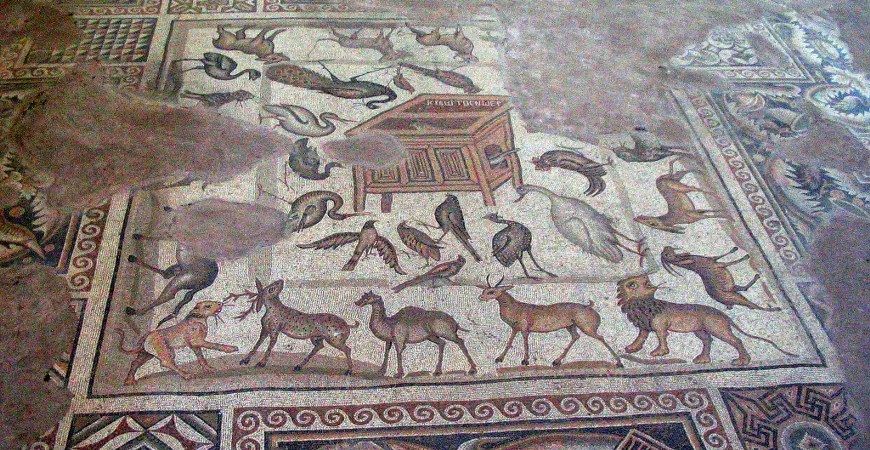The Museums of Adana,
Adana Museum was first founded in 1924 in the Cafer Pasha Medresesi and contained works from the Ottoman period found in Adana. When this building became too small to hold all the objects that were stored and displayed there, the museum moved to the Church in the neighborhood of Kurukopru, and in 1935 a separate ethnographical hall was built. ln 1960 this hall was appropriated by the municipality for its own use, and all the objects were gathered in the Church. ln time the objects
displayed in the church and its courtyard increased in number: and Adana Museum became more of a warehouse than a museum. With the object of exhibiting the ‘works in a larger and more modern setting, a new building was constructed between 1966-1970 in Adana Culture Park, which became the present Adana Regional Museum. Today there are the following museums in the province of Adana.
Adana Regional Museum:
As well as halls of archaeology and ethnography, this museum includes a conference hall, laboratories, storerooms, a library and administrative sections.
The Old Adana House in Adana Regional Museum
In the archaeology, the hall is exhibited objects discovered by excavations of settlements and barrows at Gozlukule, Tarsus, Yumuktepe, Mersin, Misis, Sarkoy, and Karatepe, as well as objects from Adana and its surrounding areas. These objects are divided into sections in chronological order – Neolithic, Chalcolithic, and Bronze Ages, Early Hittite and Hittite, Urartu, Hellenistic, Roman, and Byzantine periods. There are also a small number of ‘works from the Assyrian and Phoenician civilizations. The objects on exhibit include earthenware pots and bowls, lamps and figurines, cylindrical and circular seals, coins and medallions from differ-ent periods, made of gold silver and copper, metal objects from the Urartu period, grave steles, statues, sarcophagi, capital and building stones and inscriptions. In the ethnographical rooms of the museum, there are iron objects, clothing, embroidery, ornaments, copper kitchen utensils, nomad tents, carpets and kilims (woven carpets), furniture and an upholstered sofa, from the Seljuk and Ottoman periods.



































































































































